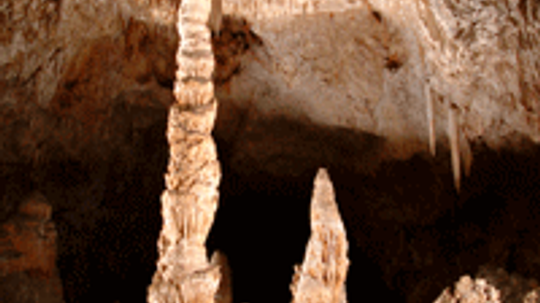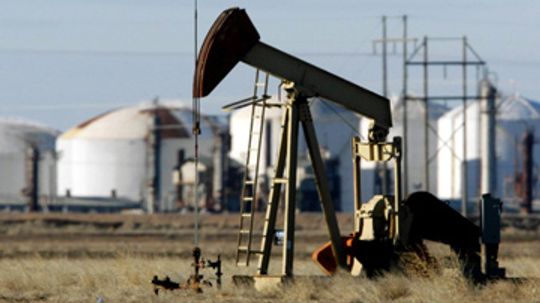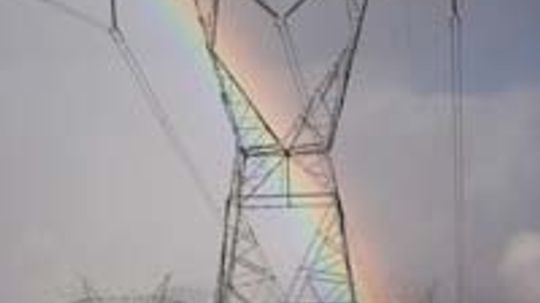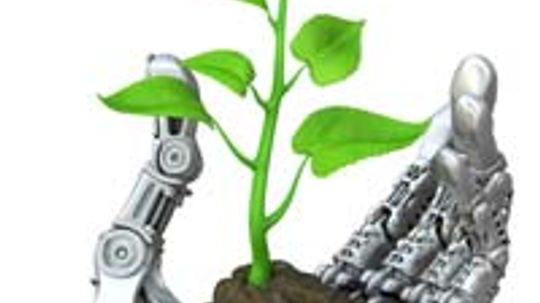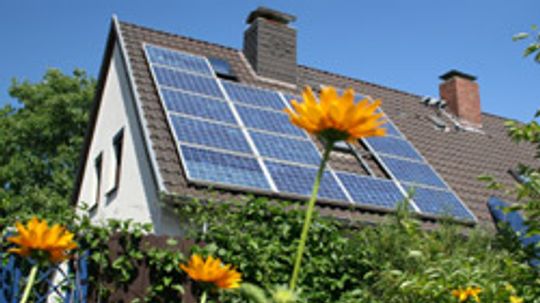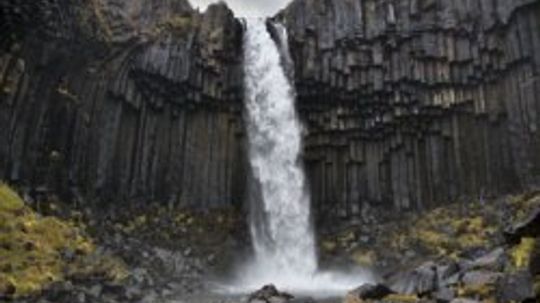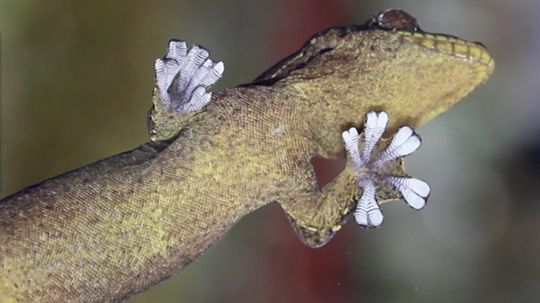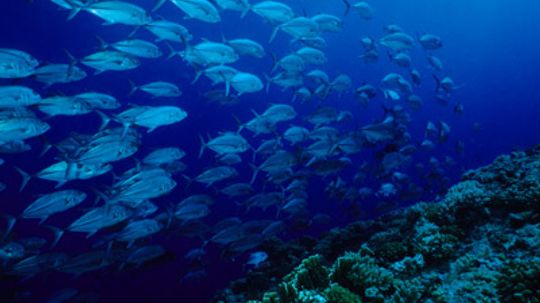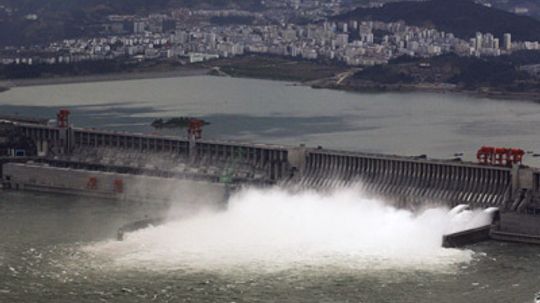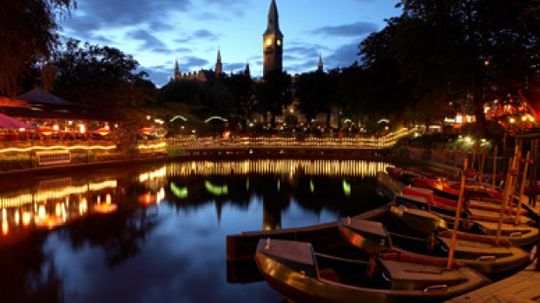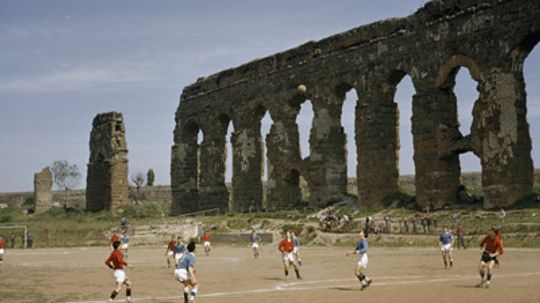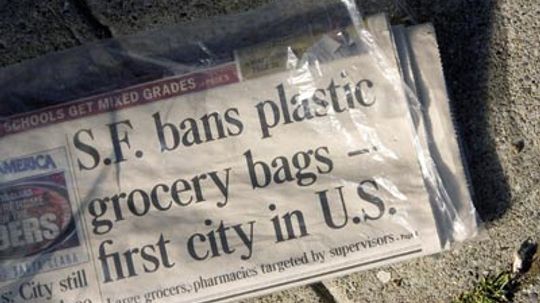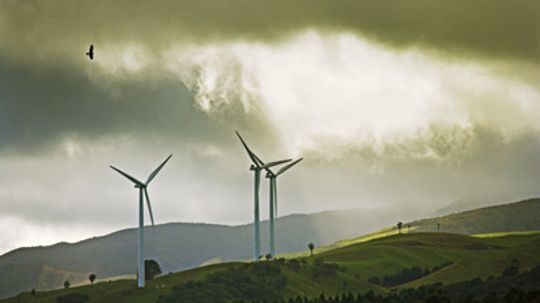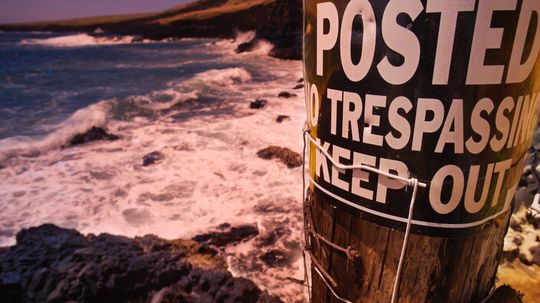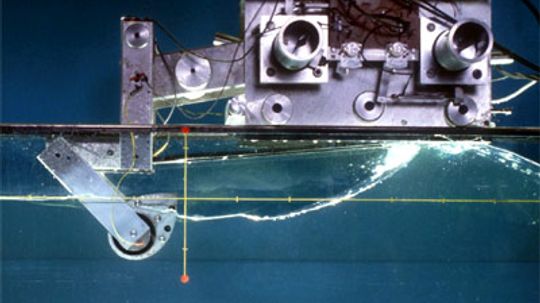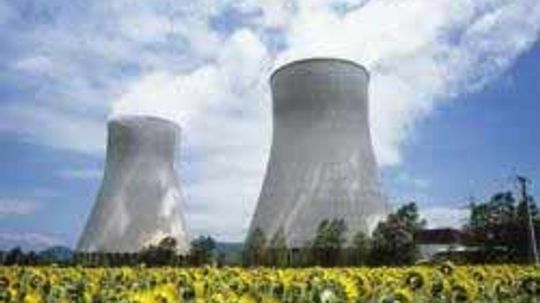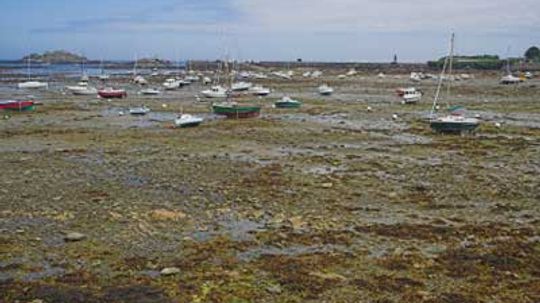Environmental Science
The environment is truly a thing of beauty and should be protected whenever possible. What can we do to save the environment, and what new technology is available to help us?
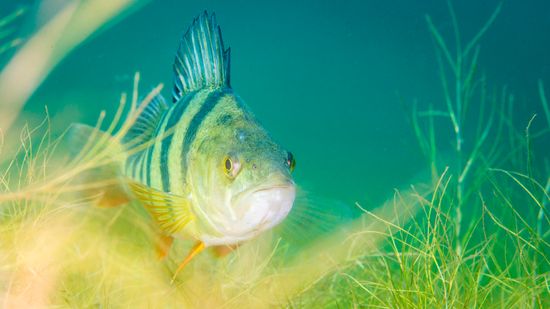
The Fish Doorbell Isn't a Joke ... Seriously
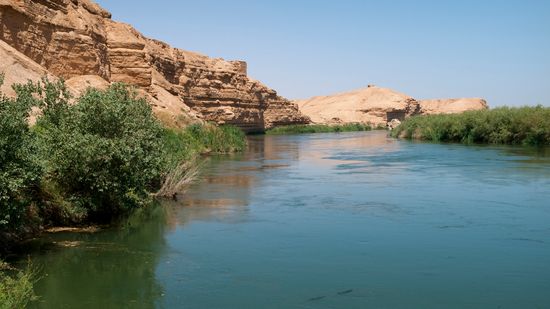
The Euphrates River, at the 'Cradle of Civilization,' Is Drying Up
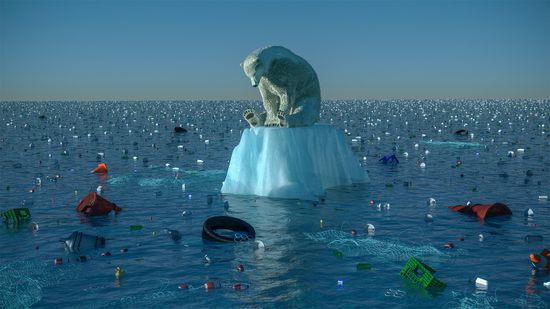
Study Says 2035 Is Climate Change Point of No Return
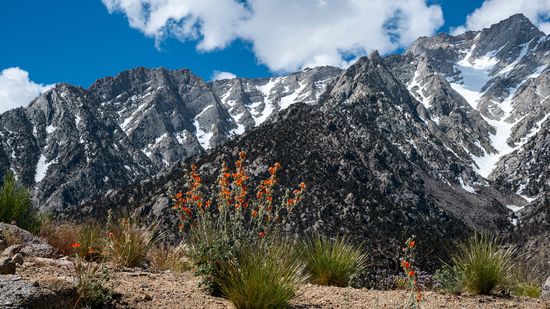
What State Has the Most Mountains in the U.S.? 8 Peak Records
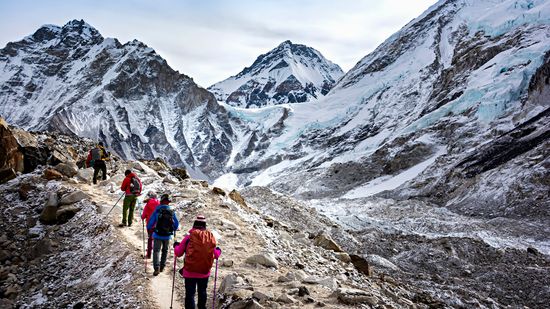
The Most Dangerous Mountain to Climb (and 14 Giving Steep Competition)
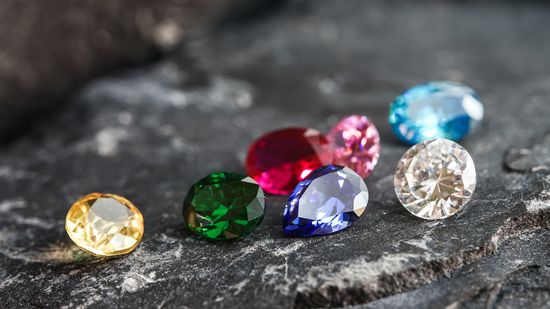
15 Types of Gemstones to Add a Little Sparkle to Your Life
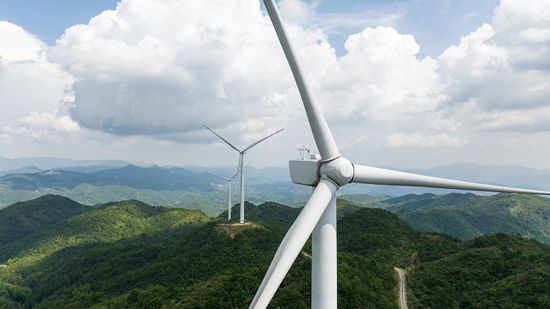
How Many Birds Are Killed by Wind Turbines, Really?

How a Lithium Mine Works and Impacts Local Communities
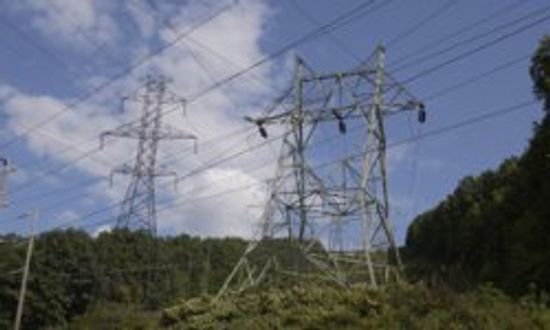
How to Sell Electricity Back to the Grid
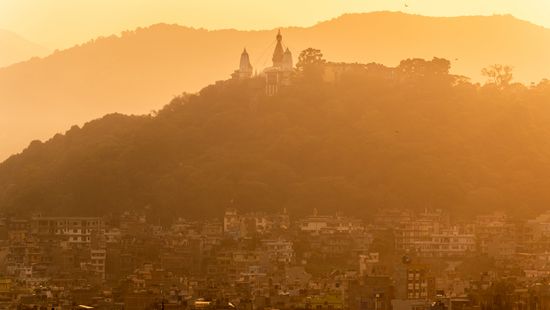
The Worst Air Quality in the World Is in Mountainous Terrain

The World Hits 8 Billion People; Is That Good or Bad?
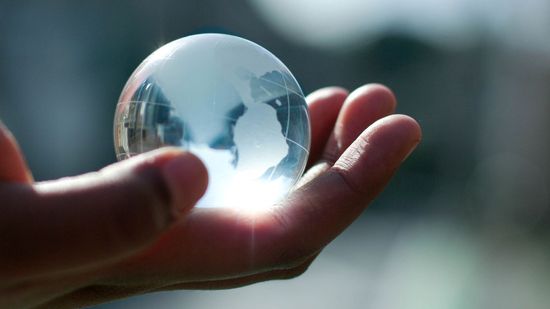
Quiz: Can You Tell Climate Change Fact From Fiction?

6 Most Futuristic Cities Powered by Renewable Energy
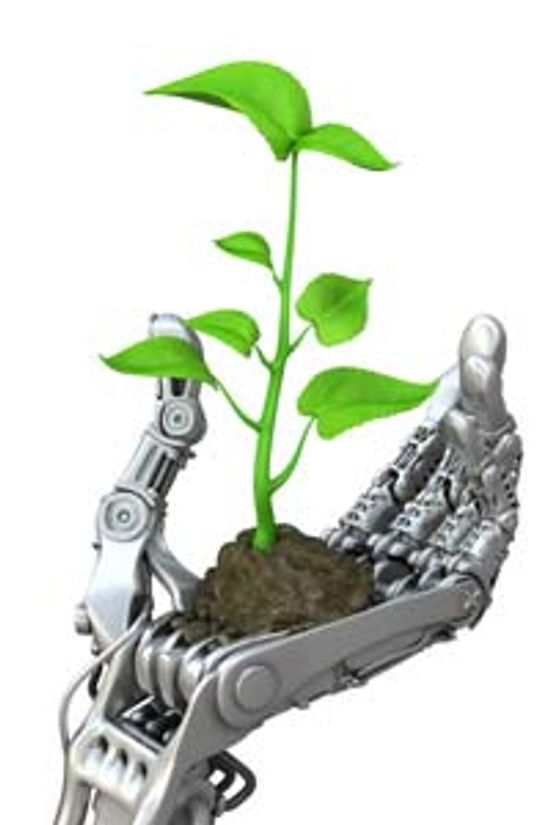
Top 5 Green Robots
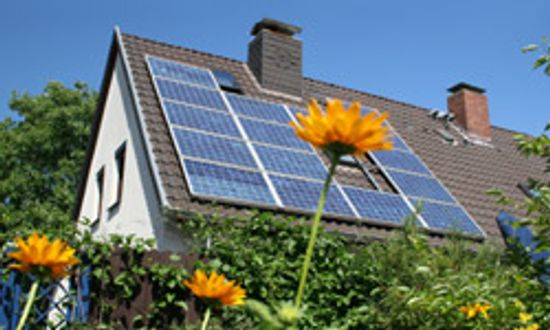
5 Things to Consider When Building a Solar-powered Home
Learn More / Page 5
The Doll's Theater of Carlsbad Caverns looks otherworldly and took ages to form. What other incredible sights await us below ground?
By Julia Layton
Americans use a lot of gasoline -- hundreds of thousands of barrels each month, as a matter of fact. But did you ever wonder where all of that gas actually comes from?
We're currently suspended between two ages: a time dependent on fossil fuels and a future dominated by renewable energy sources. Yet not everyone is sold on this vision, so a number of myths about renewable energy persist.
By Robert Lamb
Advertisement
There's nothing particularly organic about a robot, even if you dress it in hemp and fuel it with alternative energy. But these five can help our planet one mechanical movement at a time.
By Robert Lamb
Sure, your hair dryer or toaster sucks up a lot of kilowatt-hours during the short time it's on, but what are the truly big drains on your home energy budget?
By Julia Layton & Sascha Bos
While rebates and tax credits have put solar power within reach for many homeowners, it's still an expensive undertaking. How do you make sure you get your money's worth?
By Julia Layton
Energy efficiency is starting to rank right up there with speed and power in terms of desirable attributes for a computer. What are five of the most energy-efficient computers on the market?
Advertisement
Huge walls of cascading water never cease to capture our attention with their majesty. Ready to marvel at nature? Check out some of the most beautiful waterfalls in the world.
By Rick Mayda
Most folks are trying to green their driving to help out the environment (and their wallets). But what is NASCAR doing to clean up its image?
By Julia Layton
Some of the newest ideas in technology come from very old ideas -- they're inspired by nature. How do the plants and animals around us give engineers ideas?
Earthquakes are "natural" disasters, right? Yes, but that doesn't mean the shifting plates that cause them can't be aggravated by human industry.
By Julia Layton
Advertisement
Everyone knows carbon dioxide in the atmosphere is a problem. But what about carbon dioxide in the ocean? Is there a way to manipulate the world's seas so that they absorb more CO2?
China built the Three Gorges Dam to prevent floods and satisfy the nation's need for massive amounts of energy. What can go wrong when you dam one of the largest rivers in the world?
If your nearest source for food specializes in hot dogs, ice and a wide variety of potato chips, you might be living in a food desert. What's so dangerous about these barren regions?
You may think of corn as something you slather in butter and salt and wolf down at dinner. But everyone's favorite summertime vegetable has a new look, and it may be reducing our dependence on foreign oil.
By Robert Lamb
Advertisement
Sure, the Emerald City looked green, but you won't need green-tinted glasses to see how environmentally friendly the cities on this list are. What makes a city amazingly green?
L.A. and ancient Rome have more in common than a culture of excess. Both cities turned to complex systems of siphons and aqueducts to solve their water problems.
By Julia Layton
Are multipurpose plastic bags or those throwback brown paper bags more environmentally friendly? That question could leave you speechless on your next trip to the grocery store.
By Jane McGrath
For those who reduce, reuse and recycle to the beat of their own drum, here are some of the wackier ways to help better the environment and lessen carbon footprints.
Advertisement
For all of its cleanliness, wind power has long been linked to the grisly deaths of birds. Why did one range in California earn turbines the name "bird-o-matics"?
By Julia Layton
The outer continental shelf of the United States could hold a sizeable amount of oil. But is it enough to make a difference in the price of oil?
Early explorers drove flags into the ground to claim territories. But no one bothered to float a flag in the oceans. For the most part, we peaceably shared the oceans until we realized what valuable goods could be found in their dark and murky depths.
By Josh Clark
Its name sounds more like a beach tourist attraction than an alternative energy source. Could this Duck have prevented our current oil dependence? Is the renewable energy of waves the wave of our future?
By Jane McGrath
Advertisement
Nuclear power stands as one of humanity's greatest scientific achievements, as well as one of the greatest risks to its self-extermination. This collection of images highlights some of the main features of nuclear power.
By Rick Mayda
Whether you sail, surf, fish or collect shells, having one of these could help you out before you hit the water.
